Mach Number Explained: What It Is and Why Pilots Use It
Pilot Institute
JULY 11, 2025
Why do jet pilots talk about speed in terms of Mach number? Why don’t they use Indicated Airspeed just like the pilots who fly slower aircraft? Pilots switch to Mach number at high altitudes to avoid inaccuracies in IAS due to compressibility effects. Lift, drag, and handling correlate well with IAS in the lower atmosphere.




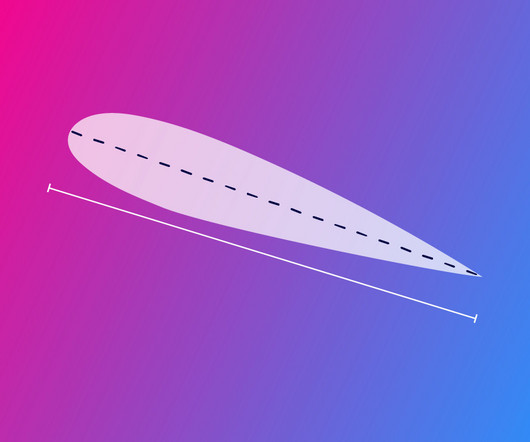


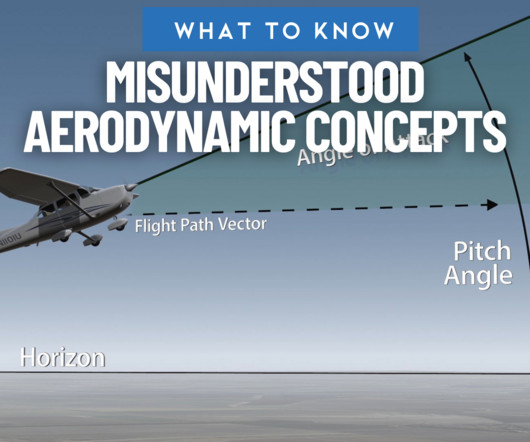


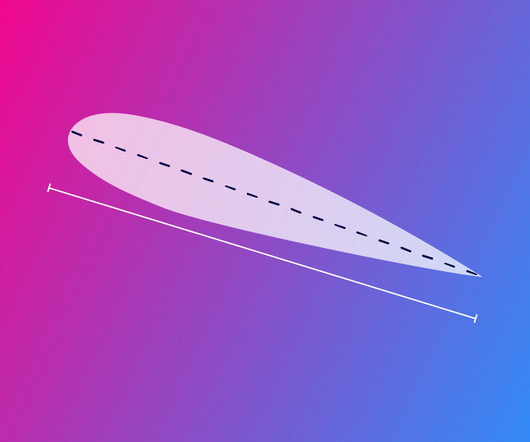
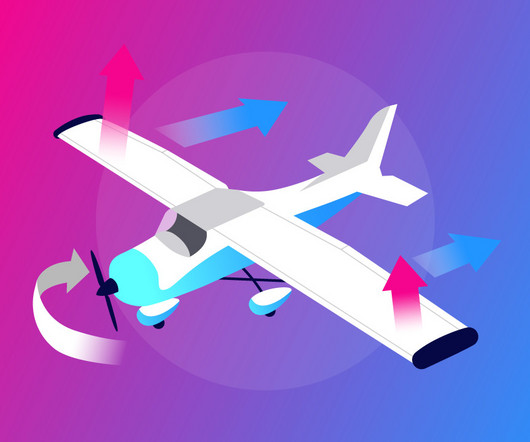

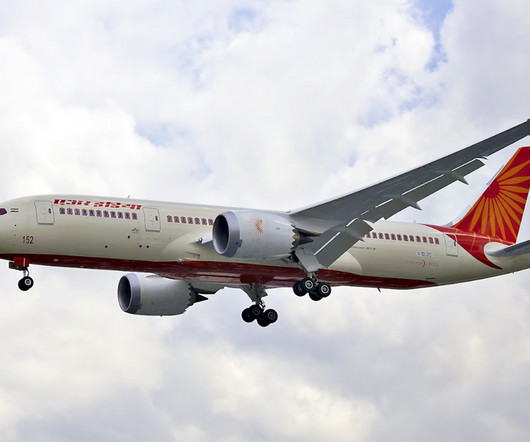






Let's personalize your content